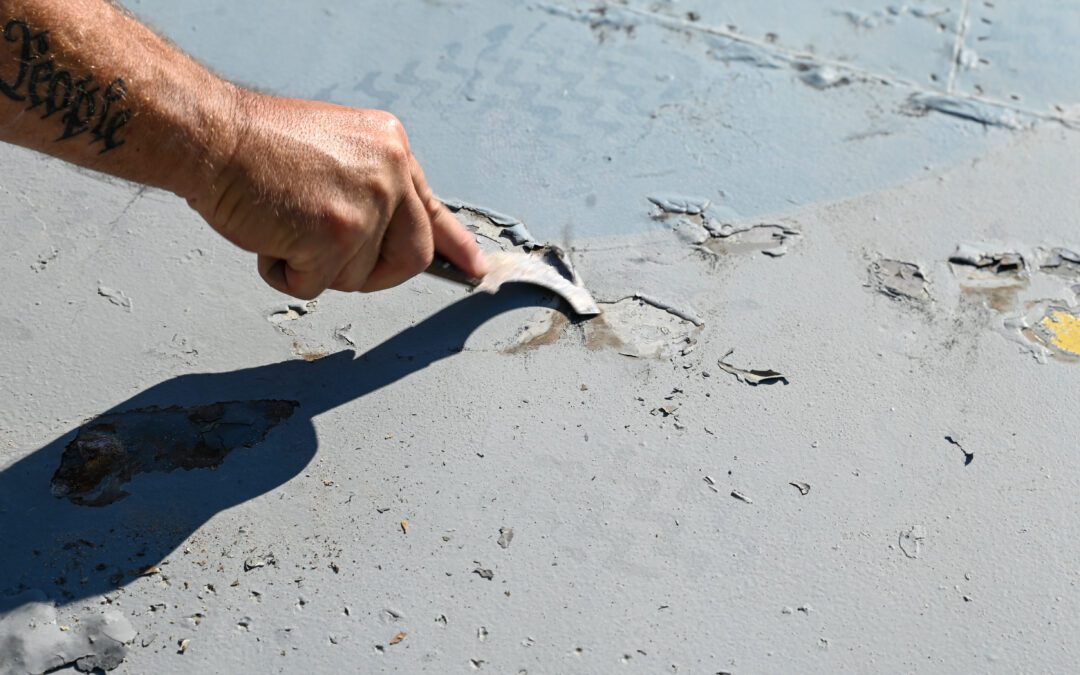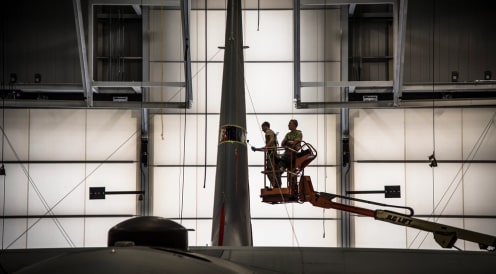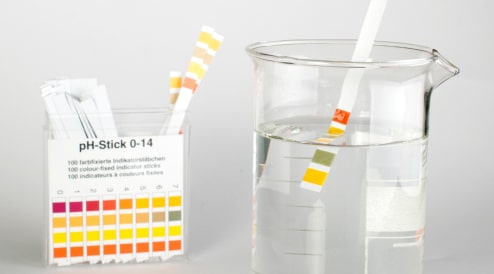The Clean Air Act (CAA), first enacted in 1970 and amended in 1990, stands as one of the most comprehensive environmental laws in the United States. Its impact on industries has been profound, driving innovation, operational changes, and environmental improvements. However, the journey to compliance has often been a complex and time-intensive process.
The Clean Air Act’s primary goal is to protect public health and the environment from the harmful effects of air pollution. It establishes National Ambient Air Quality Standards (NAAQS) for pollutants such as sulfur dioxide (SO₂), nitrogen oxides (NOx), carbon monoxide (CO), and particulate matter. Additionally, it regulates hazardous air pollutants (HAPs) and establishes frameworks for addressing ozone depletion and greenhouse gas emissions.
Industries with significant emissions—such as manufacturing, energy, transportation, and agriculture—are among the most impacted by the Clean Air Act. These industries have had to adopt cleaner technologies, install pollution control equipment, and adjust their processes to meet stricter standards.
Time-Consuming Compliance: Why It Takes So Long
Meeting the requirements of the Clean Air Act can take years, or even decades, for industries. Here’s why:
1. Regulatory Complexity:The CAA’s standards and requirements are detailed and specific, often tailored to different pollutants, processes, and regions. Industries must thoroughly understand the regulations to implement effective compliance strategies.
2. Technological Adaptation: Many facilities need to invest in or develop new technologies to reduce emissions. From retrofitting equipment to adopting innovative clean energy solutions, these changes require significant time for research, testing, and deployment.
3. Permitting Processes: Securing permits under the CAA can be a lengthy process, involving environmental impact assessments, public consultations, and agency reviews.
4. Cost and Investment: Implementing pollution controls or transitioning to cleaner alternatives is capital-intensive. Companies often require time to secure funding, allocate resources, and plan upgrades without disrupting operations.
5. Workforce Training and Integration: Employees need to be trained to operate and maintain new equipment and processes. Ensuring that a skilled workforce is in place can add to the timeline
The Future of Compliance
As the Clean Air Act continues to evolve, industries face ongoing challenges in meeting new and emerging standards. The shift toward decarbonization and net-zero emissions will likely add new layers of complexity. However, advances in technology, increased public awareness, and collaborative efforts between regulators and industry stakeholders offer hope for a more sustainable future.
The Clean Air Act has been a game-changer for environmental protection and industrial operations. While the time required for compliance can be significant, the long-term benefits to public health, the environment, and even the economy make the effort worthwhile. For industries, the key is to stay proactive, embrace innovation, and view compliance not just as a challenge, but as an opportunity for growth and positive impact.




